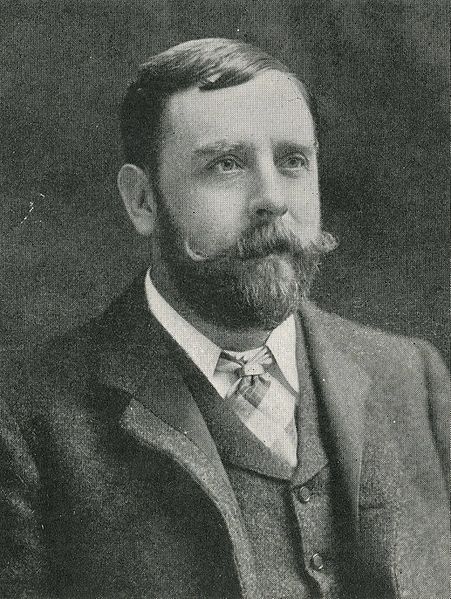The London Coliseum is a theatre in St Martin's Lane, Westminster, built as one of London's largest and most luxurious "family" variety theatres. Opened on 24 December 1904 as the London Coliseum Theatre of Varieties, it was designed by the architect Frank Matcham for the impresario Oswald Stoll. Their ambition was to build the largest and finest music hall, described as the "people's palace of entertainment" of its age.
London Coliseum in 2004
Interior showing stage, orchestra pit, boxes, and seating.
The domed ceiling
Francis Matcham was an English architect who specialised in the design of theatres and music halls. He worked extensively in London, predominantly under Moss Empires for whom he designed the Hippodrome in 1900, Hackney Empire (1901), Coliseum (1903) and Palladium (1910). His last major commission before retirement was the Victoria Palace Theatre (1911) for the variety magnate Alfred Butt. During his 40-year career, Matcham was responsible for the design and construction of over 90 theatres and the redesign and refurbishment of a further 80 throughout the United Kingdom.
Matcham, c. 1900
Of the two centre buildings; the Matchams' house in Union Street, Torquay (left), with the Bridgemans' on the right
The Gaiety Theatre in the Strand, a building from which Matcham took inspiration as a student
The stage with unobstructed sight lines







